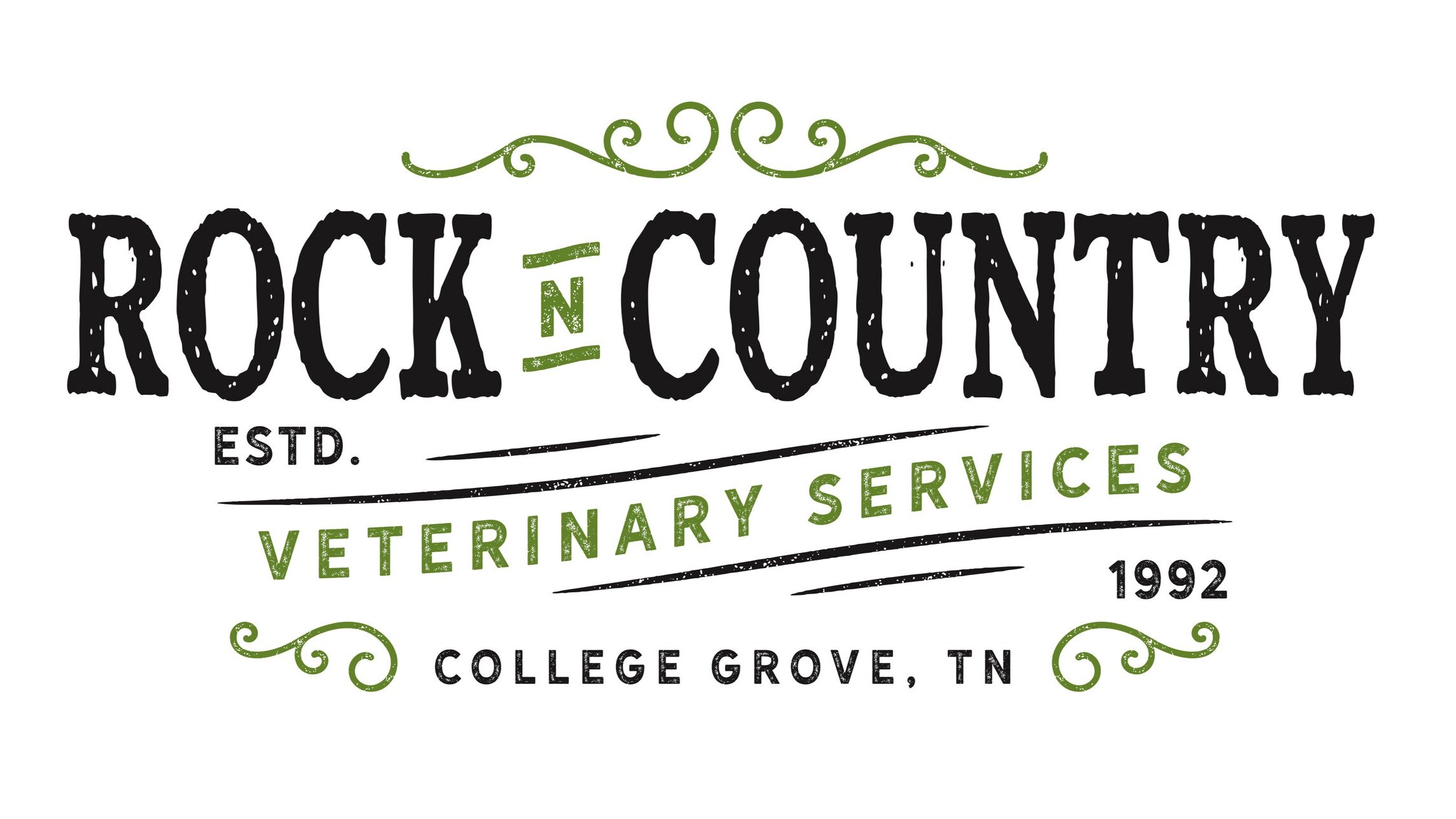Spaying your Dog or Cat
Eric Fold, DVM
March 16, 2018
We at Rock-N-Country Veterinary Services love puppies and kittens! We also see the value of spaying and neutering pets so there is not an abundance of unwanted pets flooding the shelters. As pet owners ourselves, we respect that some people want a specific breed of dog or cat to fit best with their family. Though it would be nice if every pet were adopted from the local shelter, some have specific goals for their pet's life. If your pet is not going to be used for offspring production, we highly recommend spaying your pet to reduce complications later in life.
Why should I spay my dog or cat?
- Population Control
- Reduce risk of infection in the uterus
- Reduce risk of mammary cancer
There are three major reasons to consider spaying your dog or cat. Population control is number 1 on the list due to the millions of dogs and cats that are euthanized yearly because of overpopulation and inability to find a home. Preventing unwanted litters will save the female from the stress and complications of pregnancy as well as the owner from the task of finding homes for the new litters of animals.
Infections of the uterus, most often a pyometra, is a preventable life threatening disease. Due to the overproduction of hormones and a proliferation of bacteria, the uterus becomes severely infected leading to a life threatening state that is often fatal if untreated.
Mammary gland adenocarcinoma, cancer of the mammary tissue, is very preventable and strongly correlated to age of spaying. In dogs there is a sevenfold greater risk of development of cancer if spayed after 2 years old when compared to dogs spayed before 6 months old. The most important factor is to spay before the first heat cycle.
What risks are associated with spaying?
Spaying a cat or dog is a major surgical procedure but it is also the most commonly performed surgical procedure performed at Rock-N-Country Veterinary services. Due to the nature of the procedure, a thorough physical examination and pre-anesthetic blood work are always recommended. Pre-anesthetic blood work will help us screen your pet's liver, kidney, red blood cell and white blood cell function and allow us to determine if anesthesia would be safe in your pet.
Though there is a risk associated with surgery, we believe in most cases, the risk of surgery outweighs the risks associated with overpopulation, uterine infections and mammary cancer.
Care is taken before, during and after the procedure to make sure your pet is safe and comfortable.
How early can I have my cat or dog spayed?
Studies show that the optimum age to have a spay performed is just prior to the first onset of estrus, or first heat cycle, which usually occurs around six months of age. Some elect to have their pet spayed as early as four months old but there is some risk associated with urinary incontinence later in life especially in large breed dogs. Spaying dogs and cats before four months of age would usually only be warranted in a shelter environment as this age poses a higher risk of surgical complications.
Ask one of our veterinarians during your pet's vaccination series when the best time to spay your dog or cat would be. We will guide you in a decision that works best for your pet and family.
Appropriate age for spaying dogs and cats is between 4-6 months old, but is case dependent.
Resources
“ Spaying and Neutering.” Spaying and Neutering, American Veterinary Medical Association, www.avma.org/public/PetCare/Pages/spay-neuter.aspx.




